- The Origin On Alchemy
- Alchemy Characteristics
- Symbolism With Alchemy
- Alchemy Practice Method
- Sources With Alchemy
- An Alchemy Comparison
- The Alchemist Differences
If you are curious about the origins and characteristics of Magic & Alchemy, you will be interested in this article. The following are some of the key concepts to understand. You’ll also learn about their Symbolism and Methods. In this article, you’ll learn about the four basic elements of magic and alchemy. These elements are necessary for its proper functioning. To understand these elements, you must first understand how they work.
The Origin On Alchemy
Throughout history, people have used the principles of alchemy to create different substances, including medicines and magic. Alchemical practices have been traced back to ancient Egypt, the Middle East, and Greece. The four primary elements were mercury, phosphorus, oxygen, and carbon, and these elements later became the bases for more mystical alchemical practices. In ancient Egypt, alchemists used the principles of alchemy to create healing potions.
In medieval Europe, the battle between science and religion was often a struggle over the practices of magic. This struggle was primarily rooted in a broader war against heresy. During the late Natufian period, people buried animals alongside humans, which may have been a protective mechanism against animal attacks. In Turkey, the Gobekli Tepe, a large stone structure that predates Stonehenge, contains animal and human statues. The purpose of building these monuments was to protect people from the dangers of the animals and to leverage their supposed powers to change the world.
Alchemists focused on purification, maturation, and perfection of certain substances and elements. They often sought to produce a panacea, or a “magnum opus” that would cure all ailments. These substances were often regarded as sacred, and they were even connected to the philosophers’ stone. But today, alchemy has more commercial applications than ever before. Achieving the ultimate goal of alchemical perfection may require a lot of practice, but it’s worth it in the end.
Alchemy Characteristics

Ancient Egyptians and Greeks were familiar with alchemical practices, but the western alchemical theory is the product of later antiquity. Alchemical texts often reference the classical elements and planets, such as gold and silver, and include references to the gods of the Roman pantheon. The philosopher’s stone theory is central to alchemical writings, which are often divided into four stages. In many cases, alchemical processes were performed by women.
In the Middle Ages, the occult tradition was popularized by Arab alchemical texts translated into Latin. Bubonic plague spurred the need for a deeper understanding of the human body and the natural world. Alchemists fled persecution as their contemporaries did not understand their experiments. Alchemy became associated with sorcery and magic, and was sometimes conflated. The Western world also incorporated the practices of the eastern world into its own tradition.
The alchemical quest for the elixir of life has spiritual and practical dimensions. The early alchemists stressed the spiritual aspect of the alchemical quest. Later alchemists expanded upon this notion. They focused on the use of a mystical element to solve the most basic problems of everyday life. In addition, they developed a broad range of chemical remedies for common illnesses. But the true nature of alchemical processes is not yet known.
Symbolism With Alchemy
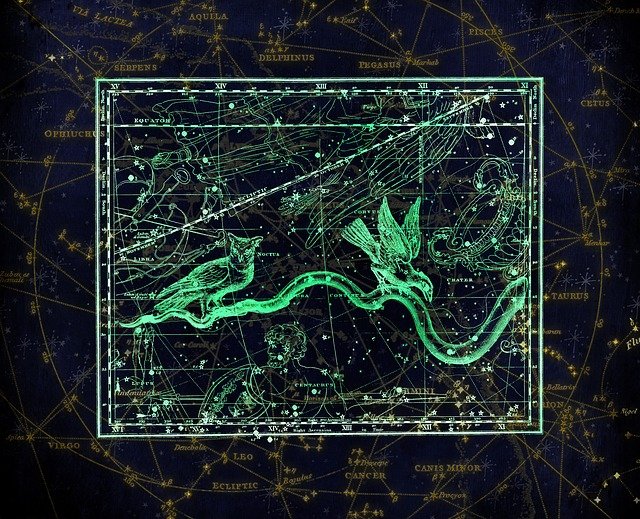
The alchemical tradition is full of symbols, colors, and codes that only adepts understand. These symbolic arrangements and codes demonstrate the relationship between human beings, physical processes, and celestial bodies. Symbols are powerful tools for making powerful magic. Here are some examples of alchemical symbolism. Let’s explore each of them in more detail. In this article, I’ll describe how they are used in alchemy and magic.
The cube represents number four, which is significant for those who practice alchemy. It is also symbolic of the earth element, as it is one of the five perfect solids of Pythagoras. According to alchemists, the cube holds magical properties and unmatched supernatural strength. In fact, many ancient civilizations represented the cube in mythology, with many depictions of Pharaohs sitting on their cube-shaped thrones. Many Indian gods were also depicted with one foot on a cube, and believed that the elements of earth could help them achieve spiritual content.
In alchemy, the four elements represent different aspects of the human spirit. The metal lead, for example, symbolizes Saturn, the god of time and harvest. In alchemy, lead is often seen as the prima matera, which represents a perfect balance of cold and hot elements. Symbolism in alchemy can be confusing and baffling, so we should be sure to consult a professional if you’re unsure of how to interpret a certain glyph.
Alchemy Practice Method
Alchemy is an ancient practice that blends science and magic. It is an art that combines intuition, science, and nature to make products that are both magical and useful. It’s not surprising that alchemy has a mystical side to it, given that it was popular during the Renaissance. Despite this, it has also been challenged by scientists and has been considered the antithesis of science for centuries.
The practice of alchemy is a complex art, requiring a strong understanding of chemistry and a natural talent. An alchemist can create a variety of supernatural effects through a process called transmutation. The most common application of alchemy is the production of Magic Potions or improvised explosives, although a more advanced alchemist may also be able to Transmute substances or create life in the form of homunculi. The Philosopher’s Stone is a highly valued object in alchemy, and many believe it is the origin of all magic.
The practice of magic is not easy, and is often referred to as sorcery. While sorcery is sometimes confused with magic, it generally refers to practices used by magicians. For example, Aleister Crowley used magic to elevate himself and connect him with the divine. This use of magic is usually linked to a desire for power and importance for self, while Wiccans are more concerned with the connection between the physical world and the natural world.
Sources With Alchemy
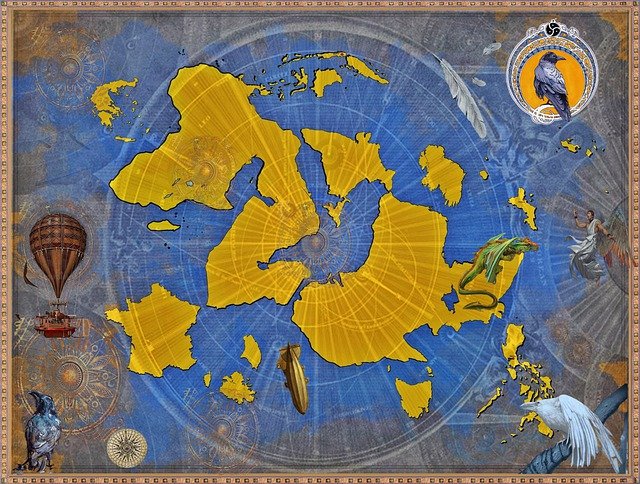
Throughout history, the science of alchemy has been studied and practiced. The four elements have long been associated with this science, and were the primary ingredients of all substances. Later alchemists have further developed these elements and their mystical qualities. This article will examine the history of alchemy and its sources. It will also discuss its importance. Listed below are some key sources for understanding magic and alchemy.
The earliest known written evidence on alchemy comes from the ancient Greek chemist Zosimos. This Greek philosopher is often regarded as a “chrysopoeian,” which means one who makes gold. While alchemy may seem occult and magical to modern readers, Zosimos’ work was much closer to the science of chemistry than to metaphysics. His theories mirror the scientific method in a fundamental way.
The practice of alchemy began in the ancient world, and developed throughout the Islamic world, where it became popular. Throughout history, the practice of alchemy was practiced both practically and theoretically, influencing innumerable minds. It has only been in the past few decades that the study of alchemy has gained popularity in the west. This has been partly due to the fact that the Emerald Tablet has only been discovered recently, making the literature scarce.
An Alchemy Comparison
In terms of terminology, alchemy is a study of turning base materials into valuable metals. For example, a broken glass can be repaired using a transmutation circle. This method has to ensure that the end result is exactly the same as before. There are many different uses of magic, from healing people to destroying them. To understand the differences between alchemy and magic, we need to understand how these two disciplines differ.
Both science and religion have their own roots, and alchemy is no exception. The medieval world was filled with scrolls filled with alchemical recipes, technical recipes, and magical spells. During that time, these alchemical texts were considered compendia of practical knowledge. However, the medieval world was not as scientifically advanced as it is today. In addition to alchemical texts, many people still refer to these documents as “pseudepigraphies,” as they don’t give formulas for the transmutations.
The early Middle Ages, which is the earliest known history of the sacrificial system, were dominated by the practice of alchemy. This practice was practiced alongside burial of humans during the late Natufian period. Similarly, ancient Turks buried animals alongside humans to protect themselves from animal threats. Moreover, some of their beliefs were based on the alleged power of creatures to change the world.
The Alchemist Differences
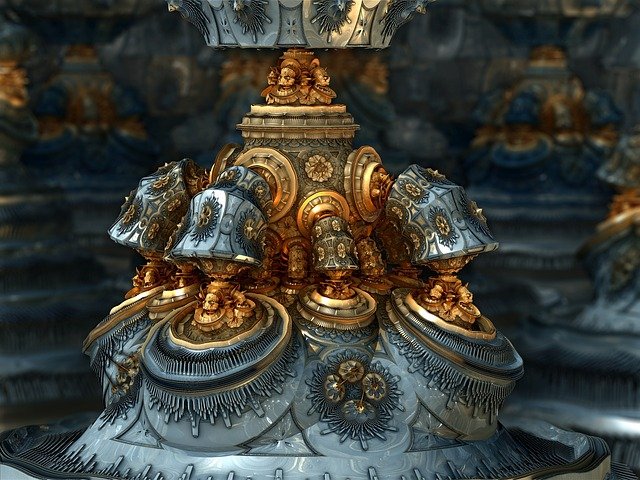
Alchemy is the study of how to change matter into something else, a process that involves mixing two different elements. Alchemists know how to transform things that were once undesirable into useful things, while magicians bring different elements from within themselves. They may have different purposes, but they both share one fundamental thing: they both involve transformation of matter into gold. Alchemy has many different uses, and the ultimate goal is to change base metals into gold.
Ancient people observed that substances could change form, and alchemy was the study of this process. The ancients performed experiments on various substances, albeit with the limited rigor of modern science. They were also reluctant to publish their results, and their methods often lacked the scientific method. Nevertheless, alchemy aims to understand the connections between the material and the human realms. In other words, alchemy was an oblique form of magic.
The practice of alchemy has been around for a long time, but its popularity really took off during the medieval era. In this time, people spent entire lives trying to turn base metals into gold. The reason why gold was a good target was because it had a perfect balance of all four elements. This made it an ideal target for alchemists. It was also known as the “golden age” and was widely practiced in Europe.
Understanding Magic & Alchemy






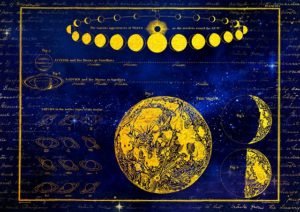


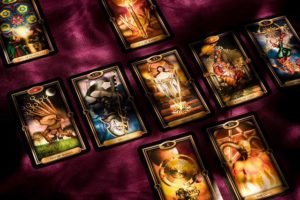

Can I simply say what a comfort to find someone who actually understands what they are discussing on the net. You definitely understand how to bring an issue to light and make it important. More people should check this out and understand this side of the story. I was surprised that you are not more popular since you most certainly have the gift.
I truly love youir site.. Great colors & theme.
Did you build this amazing site yourself? Please reply back as I’m looking
to create my own sikte and would love to find out where you got this
from or exxactly what the theme is called. Appreciate it!
Hello There. I found your blog using msn. This is an extremely well
written article. I’ll make sure to bookmark it and
return to read more oof your useful info. Thanks for
the post. I’ll definitelpy return.